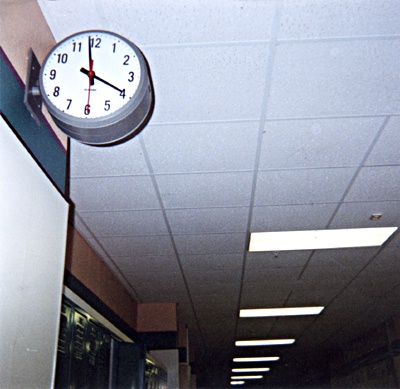All Nonfiction
- Bullying
- Books
- Academic
- Author Interviews
- Celebrity interviews
- College Articles
- College Essays
- Educator of the Year
- Heroes
- Interviews
- Memoir
- Personal Experience
- Sports
- Travel & Culture
All Opinions
- Bullying
- Current Events / Politics
- Discrimination
- Drugs / Alcohol / Smoking
- Entertainment / Celebrities
- Environment
- Love / Relationships
- Movies / Music / TV
- Pop Culture / Trends
- School / College
- Social Issues / Civics
- Spirituality / Religion
- Sports / Hobbies
All Hot Topics
- Bullying
- Community Service
- Environment
- Health
- Letters to the Editor
- Pride & Prejudice
- What Matters
- Back
Summer Guide
- Program Links
- Program Reviews
- Back
College Guide
- College Links
- College Reviews
- College Essays
- College Articles
- Back
Are High School Students Being Worked Too Hard?
High school. “It’s the best and worst four years of your life,” they say. As a high school student, I can say that high school has everything, the good and the bad. High school is a time for fun, a time to laugh with your friends, and a time to branch out and figure out who you are. But beneath all the fun, beneath the partying, and beneath the friends, many students struggle because of the heavy workload they receive from their classes. Sometimes students do more than just struggle. High school students sacrifice sleep, turn to drugs and cheating, and become more and more competitive because of the excessively high workload they receive at school.
Many students must sacrifice sleep for the purpose of studying and doing homework. Sleep is the prerequisite for growth, and although high school students are almost done growing, getting a baseline amount of sleep is vital. Studies show that teenagers need between 9 and 9.5 hours of sleep, however, the average teenager only gets 6-7 hours per night. According to a 2010 large-scale study published in The Journal of Adolescent Health, a scant 8% of US high school students get the recommended amount of sleep. Not getting enough sleep can negatively impact students in many ways. Mood, behavior, and cognitive ability can be affected when students are sleep deprived and have unhealthy sleeping habits. While students have many competing priorities, such as after-school activities and extracurriculars, their heavy workload is the most significant cause of their sleep deprivation.
Students have many coping mechanisms to handle their stress. The workload that students receive can drive some to turn to drugs and/or cheating. In some cases, students can even become mentally ill. As drugs use continues to rise and becomes a more prevalent problem in high school, statistics show that 68% of high school students have tried alcohol, and 35% have smoked marijuana. Possibly related to this epidemic is the rise of mental illnesses amongst high school students. Depression and anxiety-related disorders are the most common conditions amongst high school students, and can drive students to use different substances or even commit suicide. While most acknowledge that being a teenager is stressful in its own right, the added pressures of a heavy academic workload do little to alleviate this stress and, in fact, probably do more harm than good.
Students are encouraged to become more and more competitive with one another as their workload continues to increase. Every student is in a race against all of the others, to see who has better grades, who takes the most advanced classes, and who can go to the best college. On top of having a heavy workload, students must live up to their parents’, teachers’ and peers’ expectations while competing to have the best academic performance. The advice commonly shared with teens is, “Take one more advanced placement class. Maintain a good GPA. Give up some sleep, but never a good test grade.” The immense pressure that high school students are put under forces them to sacrifice a number of things essential to a balanced life: sleep, social interaction, mental stability, etc. Ultimately, these sacrifices that were meant to be an investment in their future end up causing more harm than good.
The high school workload can be beneficial to some students but ultimately causes many students to feel stressed and pressured. It is important to recognize the negative impact that unrealistic academic pressure has on students address solutions. Schools must put the well-being of their students before worrying about their own institutional reputations. As depression rates and suicide rates for high school students rise while sleeping hours fall, we must ask, “How does this heavy workload benefit students? Does it benefit them at all?” Students sacrifice sleep, get addicted to drugs and become mentally unstable, for what?

Similar Articles
JOIN THE DISCUSSION
This article has 0 comments.
